Products
Hearing aids
Enhance Plus
Miniaturized 3-in-1 earbuds for hearing enhancement, music and calls
Learn moreAll hearing products
Enhance the sound. Not the noise.
Learn moreJabra Enhance™
Everything you need for better hearing – get advanced hearing aids and expert care at JabraEnhance.com.
Learn moreJabra Enhance™ Pro 20
Enjoy all the sounds you love with premium hearing technology. Exclusively available at Costco.
Learn moreJabra Enhance™ Pro 20
Enjoy all the sounds you love with premium hearing technology. Exclusively available at Costco.
Learn moreJabra Enhance™ Pro 30
Experience the world's smallest AI hearing aid, Jabra Enhance Pro 30, for premium sound. Exclusively available at Costco.
Learn more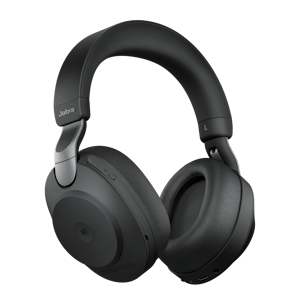
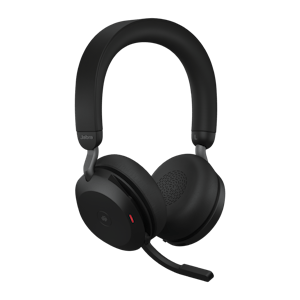
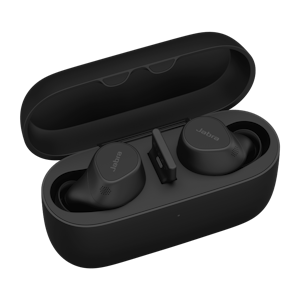
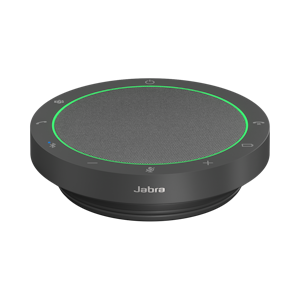



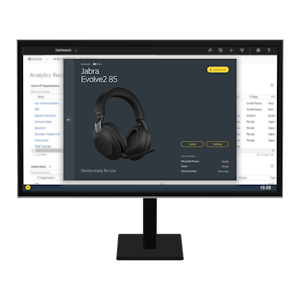



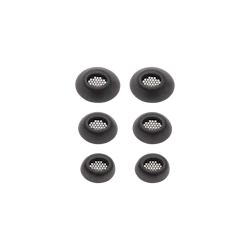
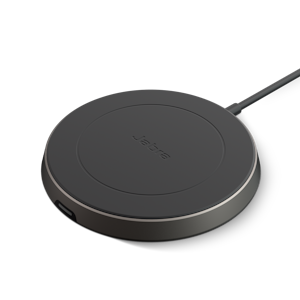

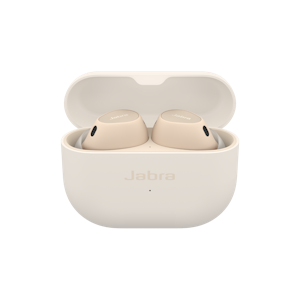
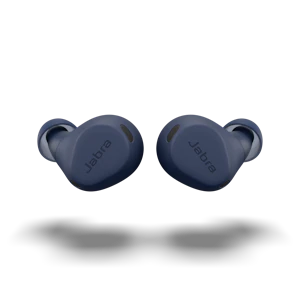
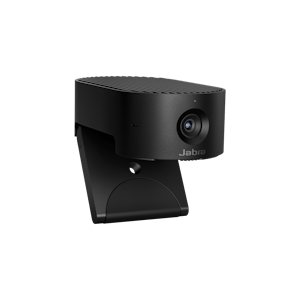
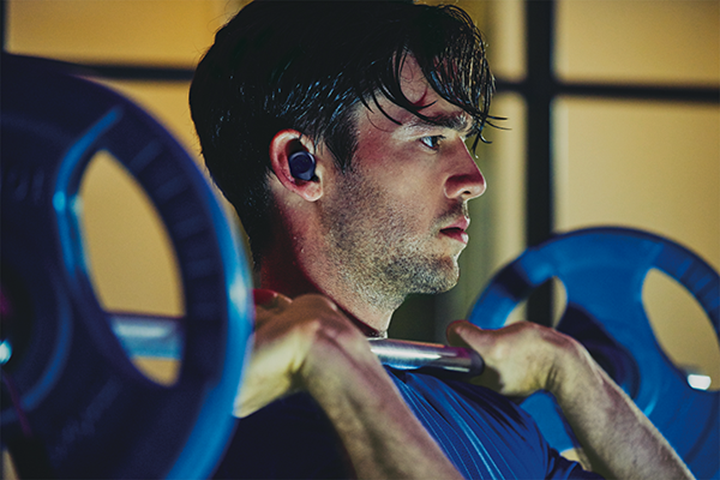
 {{product.productName}}
{{product.productName}}

